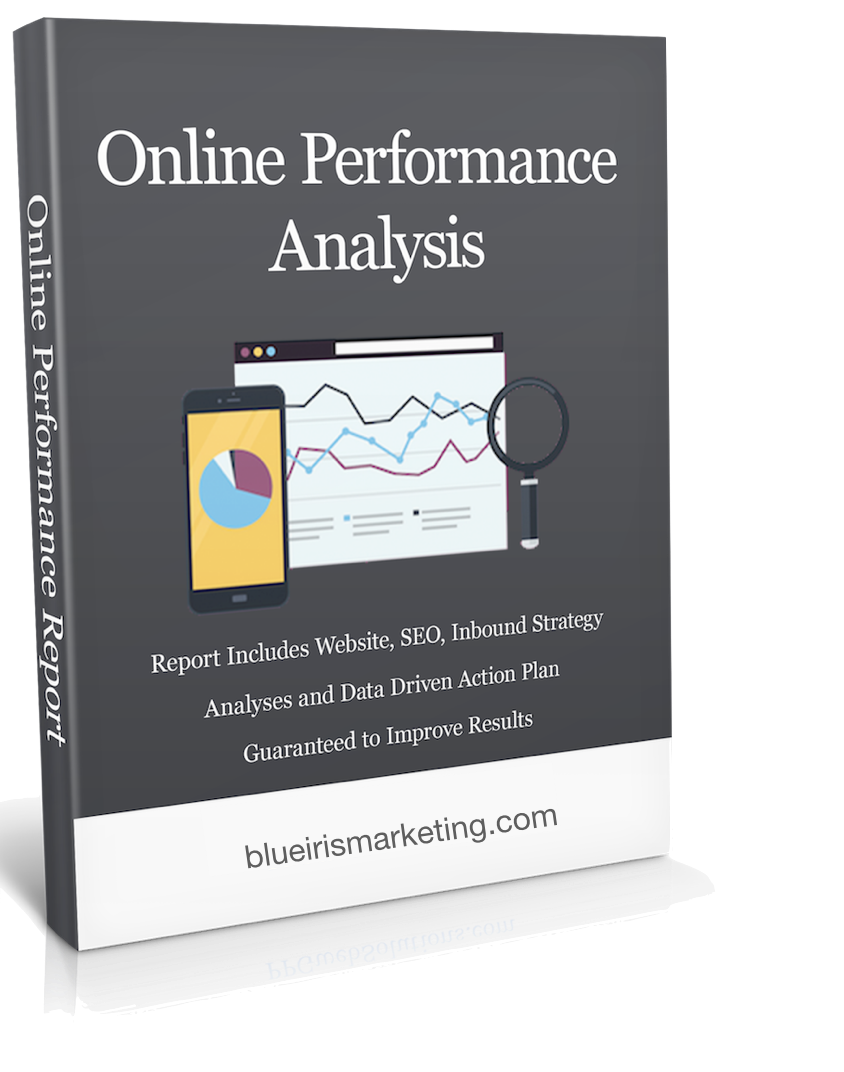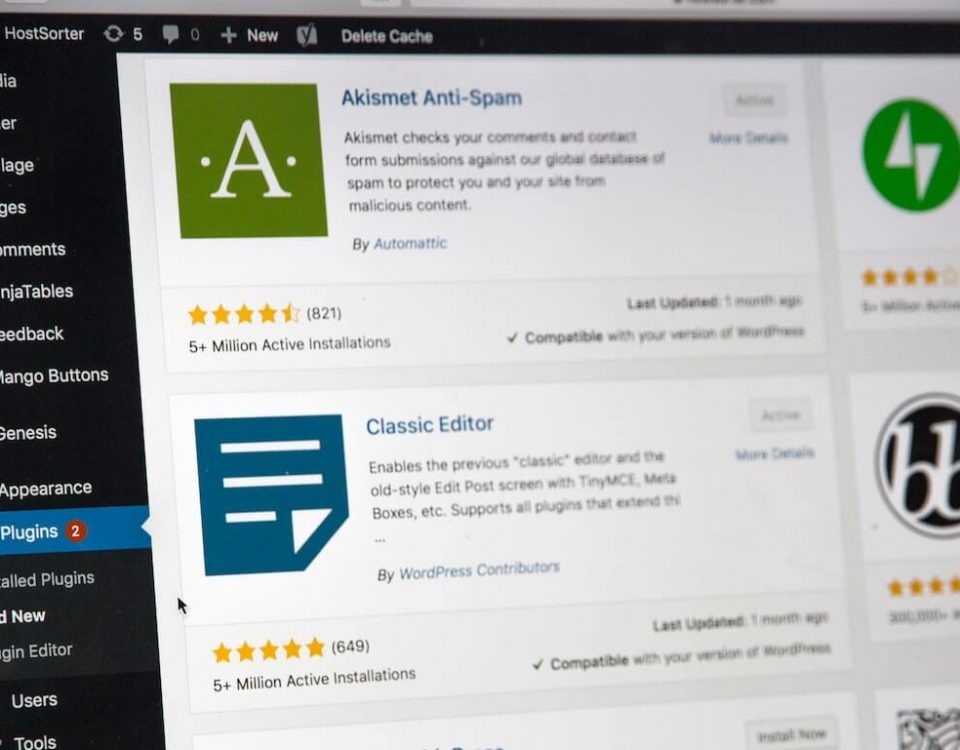Google Ranking Factors 2017

The ROI of Inbound Marketing
March 21, 2017
Content Marketing Techniques You Need to Master in 2017
March 31, 2017February and March popped and crackled with news and analyses about Google ranking factors. There was a recent ‘phantom update,’ and SEOs posted observations and changes since the possum and the mobile-first updates from last year.
So what really moves your site now? What are the most important ranking factors you and your team should tackle?
I’ve categorized them here to make it easy for you to assign work to teams, or to a workflow calendar. Like I did, you’d immediately see the new angle: customer focus.
Content, links, user-experience/trust, and technical ranking factors are all geared to giving the user what they need as fast and as best as possible. Optimize your site to provide for your audience’s every intent and you’d do well. It’s that simple.
Content
Google announced three ranking signals last year. Their AI, Rankbrain, and links and content. That’s it. But links follow when you create good content. Of course you also need links for your good content. They build on each other– they’re the cornerstones of SEO.
All the recent Google updates boil down to this: Angle your content and its trimmings for the buyer personas you sell to. Google rewards that.
- Relevant, comprehensive content
“Focused content that covers a single topic significantly outperformed content that didn’t cover a topic in-depth.” – Backlinko
- Natural language. Semantic search is here to stay, also predicted by Brian Dean of Backlinko. Keyword-focused drivel is out.
- Answer questions. Grab top position in Google Search with featured snippets and related questions (“People also ask” dropdown), but post long answers to attract visitors. People are now able to read without clicking– so provide an in-depth answer and make it irresistible for them to click.
- Rich media. “Images and videos send a lot of [relevance] to Google through their file names, alt text, and other markups.” – The WebMaster
Aside from SEO opportunities, it also comes down to user-benefit: content is more memorable and ‘snackable’ in visual form.
- Supplementary content. If it applies to your topic, provide nice extras like calculators, converters, slides (interactive recipes/DIY instructions).
- Word count
It varies for every topic and niche. And yes, it still does matter in relative terms. Look at the pages that already rank well for the keywords you’re targeting. That provides a general idea of your ideal word count. Think about it– if your article is so much shorter than the others in the same topic, Google would take that to mean yours is less relevant, less comprehensive.
When you think ranking, think user-benefit. Keyword-focus is important, but stuffing and non-natural use will get you demoted. SEO is all about the buyer persona you are trying to reach.
Related content signals that matter less, but still matter
- H1s and H2s. “There are more landing pages with an H1 and H2 in the source code this year. SearchMetrics found a strong correlation between the use of at least one H2 and a higher rank.” – Search Engine Journal
Sub-headings also divide your articles into easier chunks as I mentioned in my article about avoiding Google penalties. Headers provide content preview and value to your readers.
-
- Keyword prominence. Show your keyword in the first 100 words of your content
- Keyword exact match. Keyword research shows you the exact phrasing searchers use. Optimize for exact match, instead of alternate phrasings. “Hair coloring techniques” would rank better than “techniques for hair coloring.”
- Duplicate content. No Bueno. Big negative impact. Remove all identical content on your site.
User experience and trust
Relevant content that your audience “likes” and devours means you’re also sending more ranking signals to Google, the user-experience and trust factors. These are the performance indicators you should watch:
-
- Bounce rates mean your site is probably slow to load or doesn’t deliver what your searcher was looking for. Or perhaps it’s that annoying popup that blocked your entire page – negative impact.
- CTR – The higher your click-through rate, the more Google is convinced that your page is useful and relevant to users (and should therefore be the most visible).
- Time spent on your page/site – If your visitors don’t leave quickly and interact for longer periods with your site, that’s oodles of positive signals sent to Google about your relevance. This is why rich media is great. People tend to bookmark an article for later and leave, but graphics make the article seem short enough to read immediately, they watch a video, or scroll through an infographic.
- Social shares – Pages with more social shares rank better. It tells Google your page loaded quickly enough and your content delighted and provided enough value to your reader that he/she shared it on their social platforms.
Site speed
The first and most important factor of mobile-friendliness–and therefore UX (user experience) and trust– is site speed. People on mobile are on-the-go and need information FAST.
“Desktop websites should load in 3 seconds or less, while mobile websites should load in 2 seconds or less (according to SearchMetrics, the top-ranked mobile websites are approximately one second quicker than their desktop equivalents).” – Search Engine Journal
Pop-ups
Google will no longer tolerate intrusive popups. To rank well in search, provide great content and user experience– and you don’t annoy your visitor by blocking his/her access to your content with a huge popup, on desktop or mobile. There are pop-up guidelines that tell you what is acceptable.
“Any page with an ad or CTA that covers the main content or whisks users to a new page upon clicking might suffer a penalty. Exceptions to this include login dialogs, small banners that are easy to dismiss, and legally-required interstitials (e.g. age verification).” – Search Engine Journal
Links
Links are established as a result of relevant content that provides for the needs of your audience. The quality and quantity of your backlink portfolio plays a big role in your search engine rankings.
Create good content. Promote so your audience finds you, and make sure your article provides enough value that readers– and influencers– turn into a voluntary marketing army.
- Link authority trumps number of links. More and diverse links are good, only, if they’re from high-trust, high-authority sites.
Reach out to your niche’s big fish. Create something they’d be proud to feature. They’re usually delighted to ‘discover’ you, share something new and fresh to their own followers.
- Link to authority. Likewise, your outbound links to good sites send signals to Google that you know what you’re doing and you’ve got good sources. Remove all bad links you’ve added in the past.
- Link theme. Google is smart– so don’t confuse it by linking to pages completely unrelated to your content’s topic. If your article is about “Google ranking factors”, link to articles about Google ranking factors.
Mobile-friendliness
Almost everyone in the world has a smartphone, and everyone uses it for Googling. Nearly 60% of queries now come from mobile devices. 85% of sites are now mobile-friendly, and following Google Webmaster’s guidelines for mobile-first approach has all the criteria required to perform well.
We’ve mentioned site speed a few times. While that is a significant ranking factor, user intent is more critical. Search intent on mobile is different from desktop. Optimize accordingly. What do your mobile users need when they search?
Mobile users often utilize maps, addresses and numbers– they’re on the go and need places ‘near me’ so they can drop by. They want to see reviews and testimonials so they can trust you right off, know what to expect, and go to you. Your links and buttons need to be obvious and easy to click and your phone number should always be hyperlinked.
The following ranking factors will impact how well your pages rank when relevant search queries are performed.
- Content quality and relevancy
- Quality backlinks
- Domain rank and trust score
- On-page SEO
- Site speed
- User experience
- Reviews and citations
- Near-me keywords
- Schema markup
- Hyperlocal advertising: Put your budget here.
- Google My Business listing
Note: Finish your mobile site before launching. A broken or incomplete mobile version of your site will hurt your ranking. – Search Engine Journal.
Technical factors
Technical factors typically relates to on-page SEO. Be sure every page on your site has been optimized in accordance with Google Webmaster’s best practice guidelines. It is critical to your ranking and site speed.
If you want more, head over to Google’s 200 Ranking Factors .
Here’s the thing… This stuff isn’t just for business who do an ecommerce business. It is for everyone.
If your buyer cannot find you at the click of the “Enter” button, they’ll find your competition. To think you can complete without aligning your online efforts with the best practices of 2017 and beyond is to think your customers are still looking for you in the Yellow Pages.
Not happening.
I know it stinks. It is expensive. It can be intimidating and yes, you have to find someone you can trust.
We are committed to our customers.
We pride ourselves in being able to help you understand your options and create strategies that deliver your goals in your budget.
Give us a call or schedule a consultation. It’s free.
Get Your FREE Website and SEO Analysis Today
 Using data-driven analyses and research, we will conduct a thorough performance audit of your:
Using data-driven analyses and research, we will conduct a thorough performance audit of your:
- Website Performance
- Brand Performance
- Inbound Marketing Strategy
- Search Engine Optimization
- Competition
- Social Signals
- Domain Ranking and Rating
Request A Consultation




